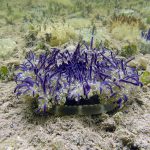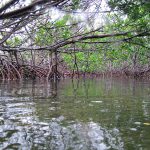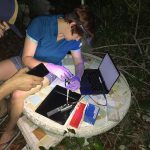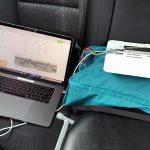Who's in this Ocean? Tracking Down Species on the Go Using Environmental DNA
 The writer: Cheryl Ames
The writer: Cheryl Ames
Dr. Cheryl Ames and the team detected 53 species of jellyfish including Cassiopea, the upside-down jellyfish, two venomous species of box jellyfish, many species with hydroid forms, and two species of stalked jellyfish which were previously unreported in the Florida Keys, indicating that the process could reveal species that would otherwise go unnoticed.
Dr. Cheryl Ames has spent much of her time conducting research in areas where jelly stings are common, and warnings about whether venomous jellies are in the area could prevent countless injuries to swimmers. Besides practical purposes in fisheries and conservation, the fact that a sample of ocean water can reveal the organisms in the vicinity is truly a marvel.
Title: Fieldable Environmental DNA Sequencing to Assess Jellyfish Biodiversity in Nearshore Waters of the Florida Keys, United States.
Ames, C.L. et al., 2021
Journal: Frontiers in Marine Science
DOI: 10.3389/fmars.2021.640527
Fig.1 Cassiopea is an upside-down jellyfish that rests on the bottom of the seafloor
Fig.2 One of the water collection sites in a mangrove forest
Fig.3 Dr. Cheryl Ames carefully fills the sequencer with the eDNA solution with assistance from coauthor Ohdera (Florida Keys, USA).
Fig.4 Nanopore sequencing experiment being conducted in a rental car in this study







